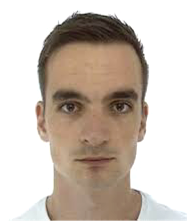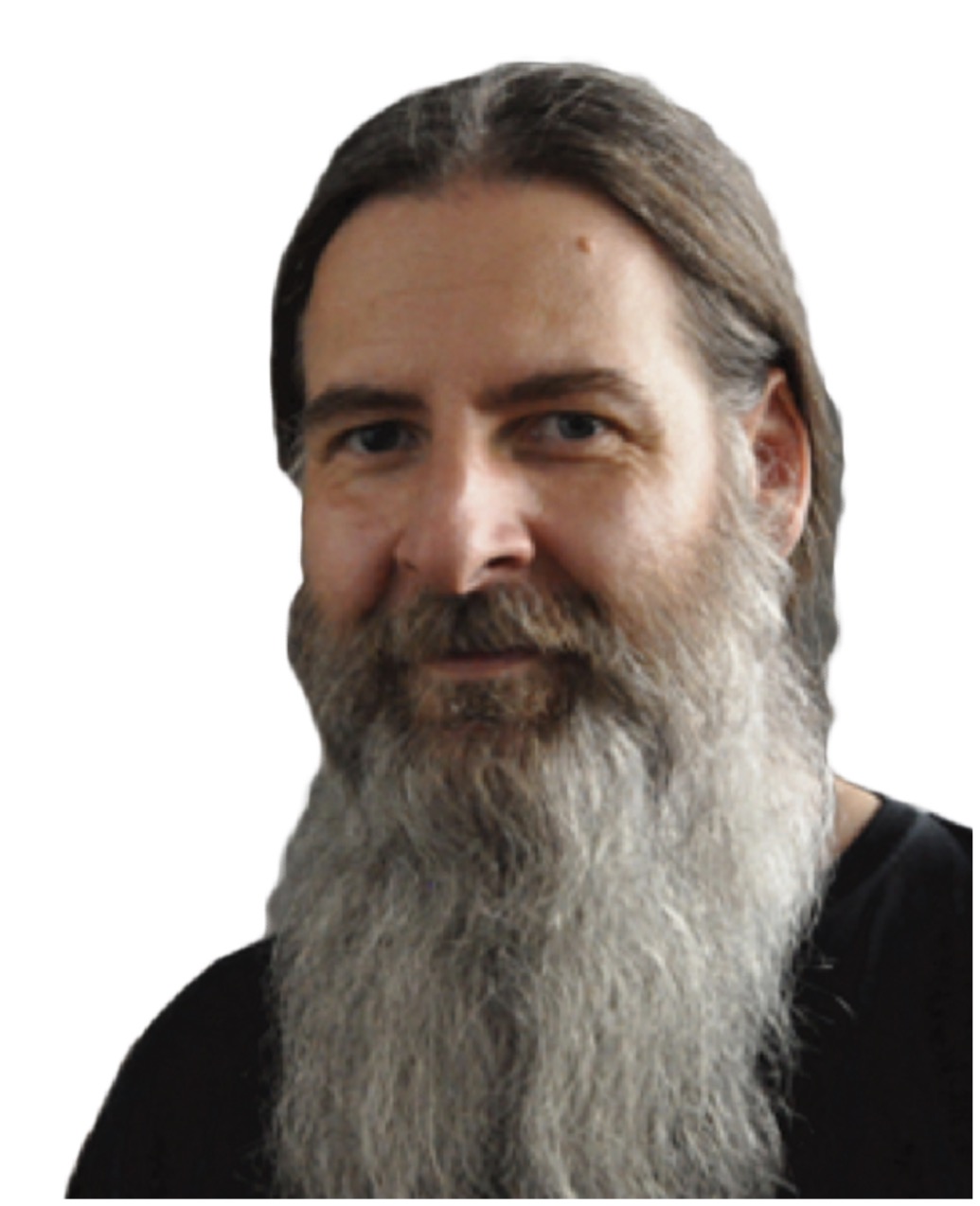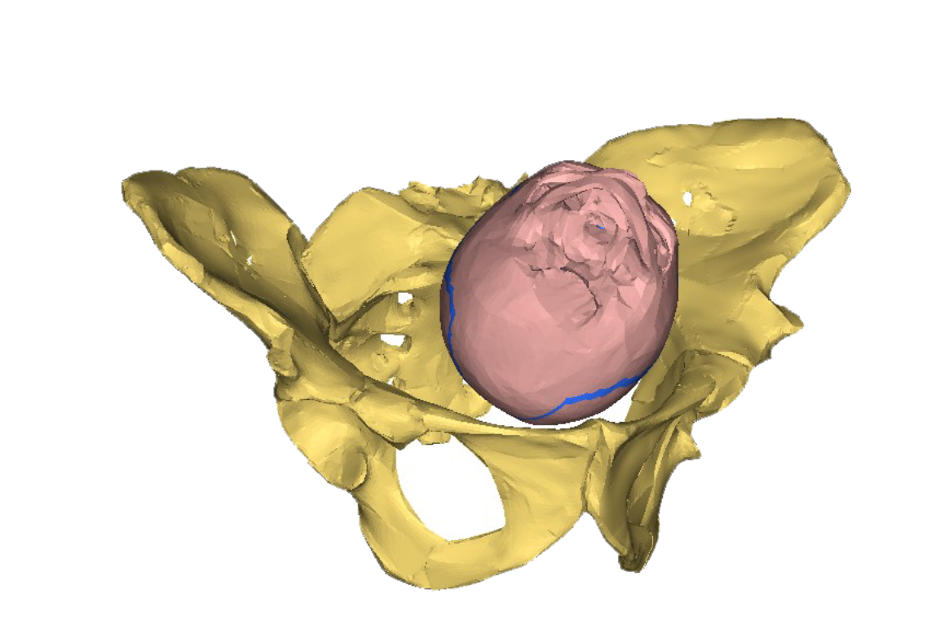Founders
I am currently working as a postdoctoral researcher on the SNF-funded thalattosaur project with Torsten Scheyer and Dylan Bastiaans at the Palaeontological Institute and Museum (PIM). My work includes reconstructing fossil skulls and muscles, and creating finite element models to investigate how form relates to function in extant animals. I am currently working on using the freeware ArtiSynth for modeling to incorporate dynamic feeding models into our project.
Keywords: Skull Functional Morphology, Biomechanical Modeling
I mainly work on vertebrate fossils, ranging from extinct marine reptiles to dinosaurs from the Triassic to the end-Cretaceous. I am especially interested in reconstructing soft tissues in extinct animals, including nerves and brains, pathology-related malformations and musculature. I have started my SNF-funded PhD at the Palaeontological Institute and Museum (PIM) in 2018 to work on the cranial biomechanics of thalattosaurs.
Keywords: 3D modeling, Paleobiology, CT processing, Segmentation, Soft Tissue Reconstructions
Since joining the Institute of Evolutionary Medicine (IEM) in 2018 I’ve been a postdoctoral researcher in Martin Häusler’s Evolutionary Morphology and Adaptation group under the SNF project entitled, “Birth and Human Evolution—Implications from Computer-Assisted Reconstructions and Birth Simulations”. My focus has been on australopithecine pelvic reconstructions and incorporating them into dynamic finite element birth simulations to test scenarios that can explicate the origins of obstructed labor and the development of a human-like rotational birth mechanism. These dynamic simulations are carried out with the expertise of a diverse team of researchers which include a midwife (Pierre Frémondière), paleoanthropologist (François Marchal) and a biomechanist (Lionel Thollon) residing at Aix-Marseille University. I am interested in refining our previous modeling attempts and integrating machine learning algorithms to predict instances of cephalopelvic disproportion. As such, my work elucidates the functional role of the pelvis and the trade-offs that have shaped its complex morphology and evolutionary history
Keywords: Pelvic Functional Morphology, Bipedalism, Birth







